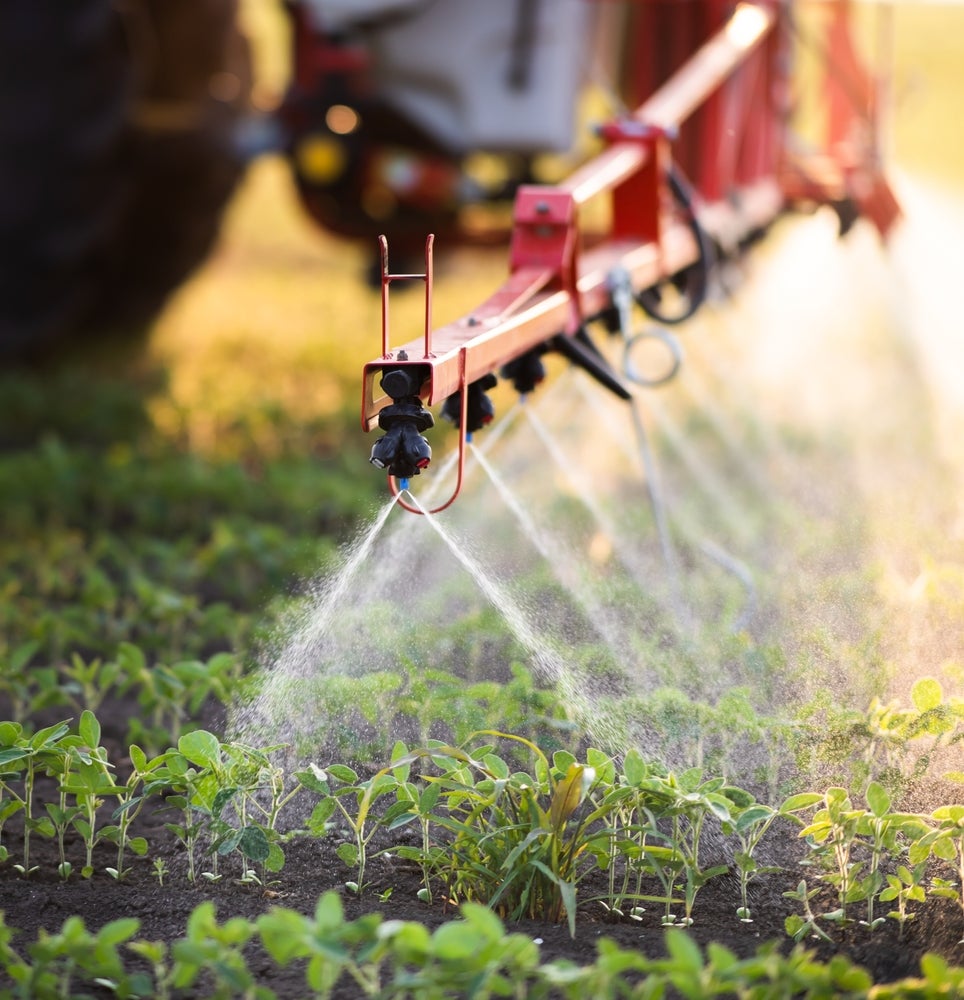DAILY Bites
-
The United Soybean Board has awarded $500,000 to a multistate research team, led by Michigan State University and including Penn State, to develop rapid diagnostic tools for detecting herbicide-resistant weeds in soybean fields.
-
Penn State researchers aim to reduce diagnostic times from months to minutes, enabling farmers to make real-time weed management decisions within the same growing season.
-
The team will use transcriptome sequencing to uncover both known and unknown genetic mechanisms behind herbicide resistance, helping improve future diagnostics and weed control strategies.
DAILY Discussion
Herbicide-resistant weeds result in significant economic losses for U.S. soybean growers, according to the United Soybean Board, which has awarded $500,000 to a multistate research project to develop new diagnostic tools for herbicide-resistant weeds in soybean production.
Led by researchers at Michigan State University, the team aims to develop new diagnostic tools to detect herbicide-resistant weeds in soybeans. The award currently covers one year but can be extended for up to three years. As part of this initiative, scientists from Penn State will lead the development of rapid testing for known resistance mechanisms and will work to uncover new resistance mechanisms with the aim of developing rapid diagnostics.
The project, known as Herbicide Resistance Monitoring Network, aims to shorten the time between a farmer finding a weed in the field that they suspect is herbicide resistant to confirming whether it is resistant and doing something about it, explained Caio Brunharo, assistant professor of weed science in the College of Agricultural Sciences and lead researcher on the project at Penn State.
“Conventional approaches to identify resistance and what herbicide the weed is resistant to can take many months, so farms aren’t able to act on the information until the following growing season,” he said. “So, our goal is to make herbicide-resistance diagnostics quicker, from months to hours or even minutes, so that farmers can use the information to improve management within the same season. That will allow them to take action such as choosing a different practice to control weeds rather than using an herbicide that the weed is resistant to, wasting money in the process.”

To identify and assess the mechanisms of herbicide resistance in weeds often found in soybean crop fields — in addition to conventional analytical and biochemical assays, and/or more detailed greenhouse dose-response assays — researchers will conduct transcriptome sequencing. This technique involves analyzing the weeds’ genetic code and evaluating which genes are actively expressed or suppressed and at what levels. The analysis shows how certain genes may enable resilience to herbicides, as well as how changes in expression can impact resistance, driving biological processes that determine to develop or advance their resistance mechanisms.
“There is a lot about herbicide resistance that we don’t know, in terms of how the weeds changed genetically or physiologically to be able to now survive a super lethal agent,” Brunharo said. “The role of my team at Penn State is to develop quicker tests for detecting the mechanisms that are already known and are the most common. In the meantime, another group of us will be working on elucidating mechanisms that we currently don’t know, so that we can develop quicker tests, eventually.”
Other researchers working on the herbicide-resistant weeds project are from Kansas State University, Mississippi State University, Purdue University, Texas A&M, University of Arkansas, University of Illinois, University of Missouri, and University of Wisconsin.


:max_bytes(150000):strip_icc()/corn-beans-lake-city-e1661810774321-50685e905f87430898900438b783a4d8.jpg)
:max_bytes(150000):strip_icc()/Racoon-River-12.28-2048x1536-cb166c2234b74bb7aac307bc068fc5a6.jpg)
:max_bytes(150000):strip_icc()/soybeans_usb-2-2000-f3cbf2d5ad334bbca68c6fb09087a9cd.jpg)


:max_bytes(150000):strip_icc()/PXL_20250826_124841600-bc7c5113768740e5819ccd458780fa65.jpg)
:max_bytes(150000):strip_icc()/Dented-Corn-Ears-d9a26cd72ba44d4cbcc775b8eb11f783.jpg)
:max_bytes(150000):strip_icc()/Updated3BigThings-6-farm-aerial-4-c992386464114b83a6eff4628bfcd1d3.jpeg)